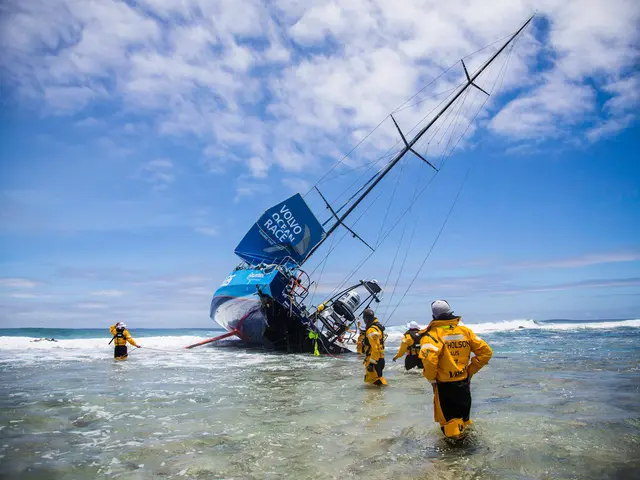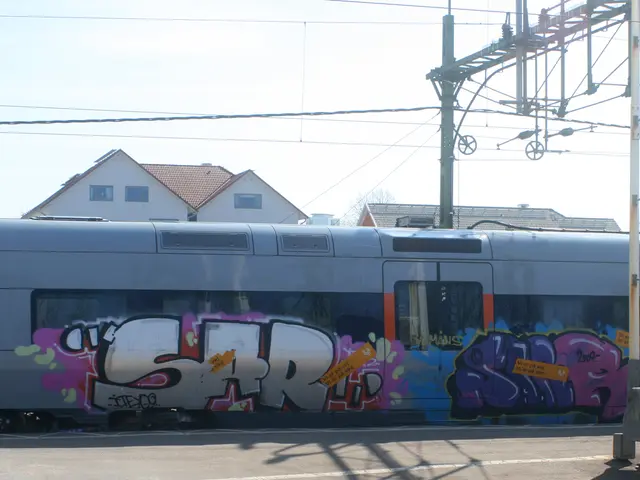Unveiling the Covert Operations of the Cold War: The Controversial Integration of Illicit Aircraft Designs in the Advancement of Supersonic Commercial Flight
The world of supersonic aviation has a fascinating history, with the Concorde, Tu-144, Boeing 2702, and Lockheed L-2000 all sharing design similarities that have sparked debates about cloning and espionage. A recent documentary, Concorde: The Race for Supersonic, aired on Channel 4 in the UK, delved into these developments and the accusations surrounding the Tu-144 being a Concorde clone.
The Soviet Tu-144, often referred to as the 'Concordski', bore a striking resemblance to the Concorde due to its delta wing and overall shape. However, despite these visual similarities, there were significant differences in engineering, technology, and performance.
Western media gave the Tu-144 the nickname 'Concordski' because it looked very similar to Concorde. Both were supersonic passenger jets with delta wings and featured a similar sleek silhouette. Allegations suggest that the Soviet Union obtained Concorde blueprints through espionage, which helped accelerate the Tu-144's design, further fueling the belief of the Tu-144 being a Concorde clone.
However, the Tu-144 had a heavier powerplant, longer engine air intakes, and used low-bypass turbojet engines requiring afterburners for cruise speed, making it less efficient than Concorde's engines. The Tu-144 also had poorer low-speed control, required braking parachutes to land, and had a shorter range and was less reliable.
The Tu-144 program was rushed, leading to several crashes and early withdrawal from passenger service. The Tu-144's issues were primarily due to pressure from Soviet leadership. In contrast, Concorde was recognised for its elegance, engineering sophistication, and comparatively better safety and reliability.
The Tu-144 continued to see use for cargo and even flew missions for NASA until 1999. The revised Tu-144D removed the need for afterburners with the use of Koliesov RD36-51 engines. The Tu-144LL was used for specific missions by NASA.
As for the future of supersonic flight for airliners, the Lockheed Martin X-59 Quesst could potentially have the last laugh. The X-59 is being built for NASA to address sonic boom and fuel usage issues in supersonic flight. The L-2000 lost to Boeing many decades ago, but Lockheed is still involved in the race towards supersonic flight for airliners.
In summary, while the Tu-144 was not a direct copy in the sense of identical technology or performance, it was a Soviet design heavily influenced by Concorde, sharing many visible traits and partly developed through espionage-derived information. The Tu-144 ultimately represented a different approach, less refined and with less operational success, but clearly fueled by the goal of competing with Concorde in the supersonic passenger market.
The Tu-144, often called the 'Concordski', was heavily influenced by the Concorde in the realm of design, bearing resemblances due to identical delta wings and a similar sleek silhouette. Amidst allegations surrounding the use of Concorde blueprints through espionage, the Tu-144's creation was partly fueled by a desire to compete in the supersonic aerospace industry and the finance behind it.








